About antiquing and the materials we use to take furniture decades back in time, we've talked about on several occasions. But there are other materials and techniques that can be used to achieve other special effects on wood. You may wonder why such effects are needed when natural wood is so beautiful. In many cases you are certainly right. But there are also less spectacular but cheaper wood species that, with a good finish, can be used to make quality pieces of furniture. Such is the case with Arte poveraand the finishes shown below.
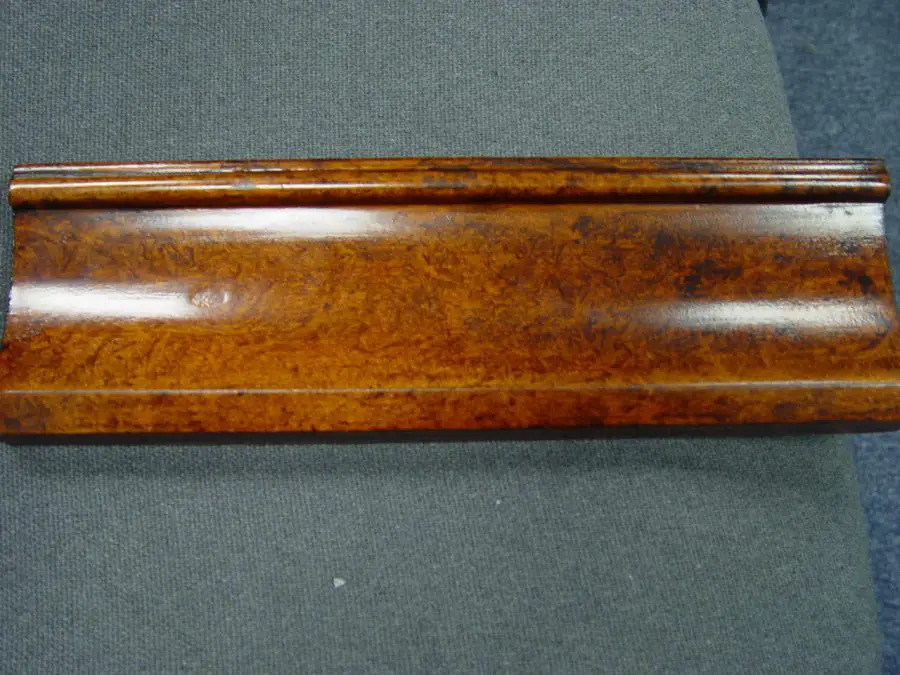
Marbled effect
As the name suggests, the finish tries to imitate the look of marble. It is also called walnut root because, with the right choice of colours, you can reproduce the look of walnut root veneer, a very special-looking veneer.
Achieving the effect does not require complicated technology. An opaque background colour is chosen and other colours are dabbed on top. Blotting is done with a sponge or crumpled paper (a paper towel, for example). The staining solutions used are fast-drying, acetone-based. Several colours can be used, dabbing in one colour at a time.
When only two colours are used - the base colour and one other - a coloured primer can be applied as a base, over which, after drying, a solvent-based stain of the other colour is applied. After the second coat has dried, dab with paper soaked in acetone. Finally the whole effect is protected with clear varnish.
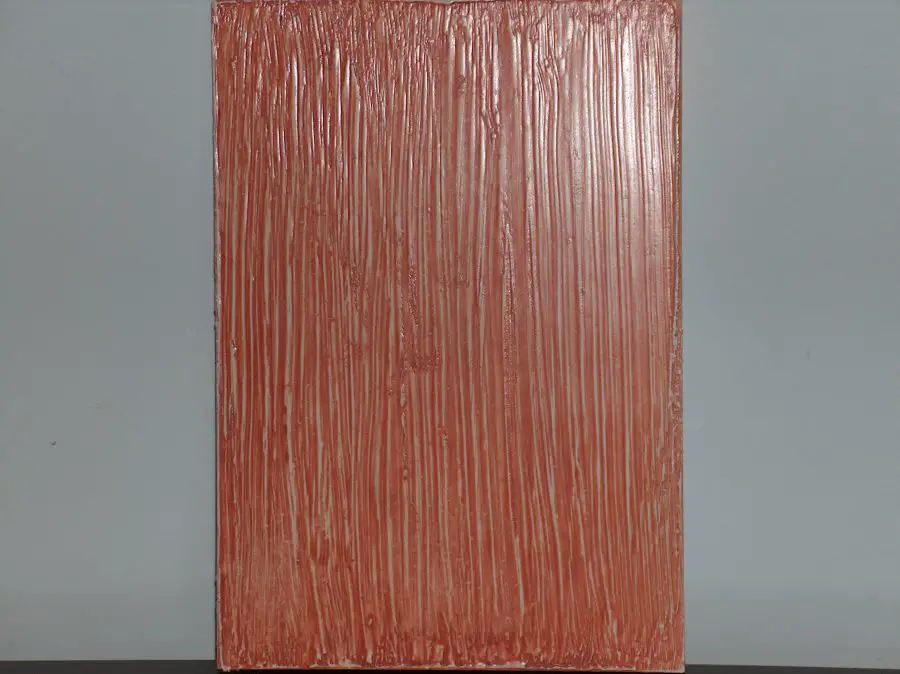
Comb effect
The finish looks as if the finishing materials were applied with a brush, and the brush marks still show. The application is very simple. A fairly consistent coat of colour is applied, allowed to set a little to become more viscous, and then the marks that suggest brushing are made with a comb. The combs can be thinner or thicker toothed, depending on how pronounced we want the effect to be.
To be even more visible, after the coating is completely dry combing apply another coat of paint of a different colour. After drying, the paint is sanded so that it is removed from the colour in the high areas of the effect, just like the ageing method. distress. The difference between the colours will accentuate the brushing effect. A layer of clear varnish is applied over the effect to protect it.
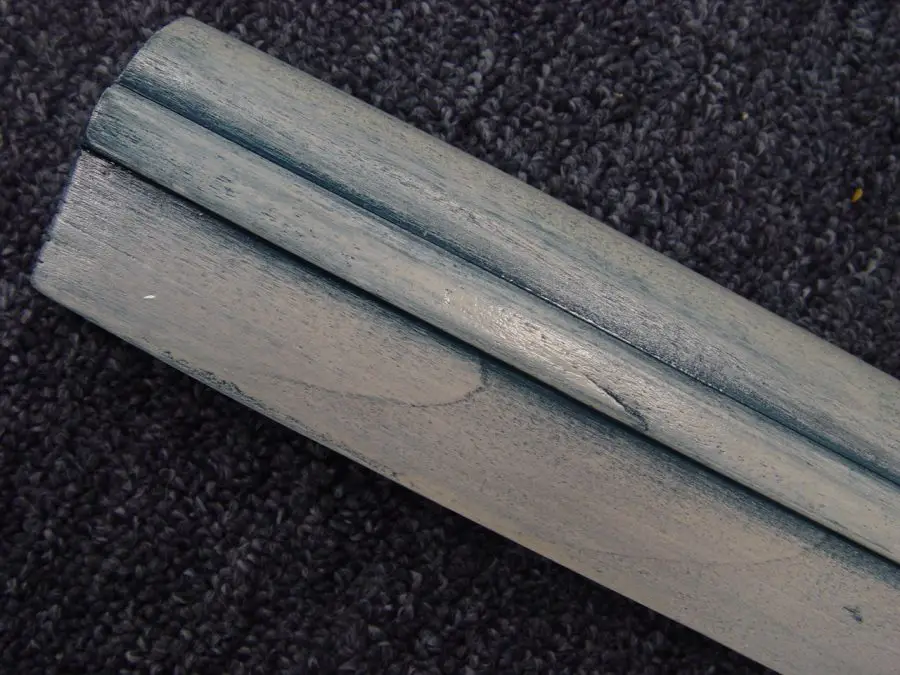
Skates for special effects
We have talked about patinas on numerous occasions when it comes to the artificial ageing of wood. But skids are not just for artificial ageing.
Exist coloured patinas with which you can achieve very nice and interesting special effects. Often the use of these runners is a way of integrating furniture into the home decor. The colours of the runners can be as diverse and distinctive as blue, orange, purple, pink, green, turquoise, etc. Coloured runners are usually applied over an opaque coloured primer or varnish, and rarely over a transparent primer. To fix the patina, a layer of clear varnish is always applied on top.
A special category of coloured skates aremetallic skates, a category that includes gold, silver or bronze. But they're not the only metallic colours you can use. As with coloured skates, metallic skates come in a wide range of colours. Furniture and wooden objects to which metallic patinas are applied become 'precious', giving a luxurious feel. They too should be fixed with a final coat of clear varnish.
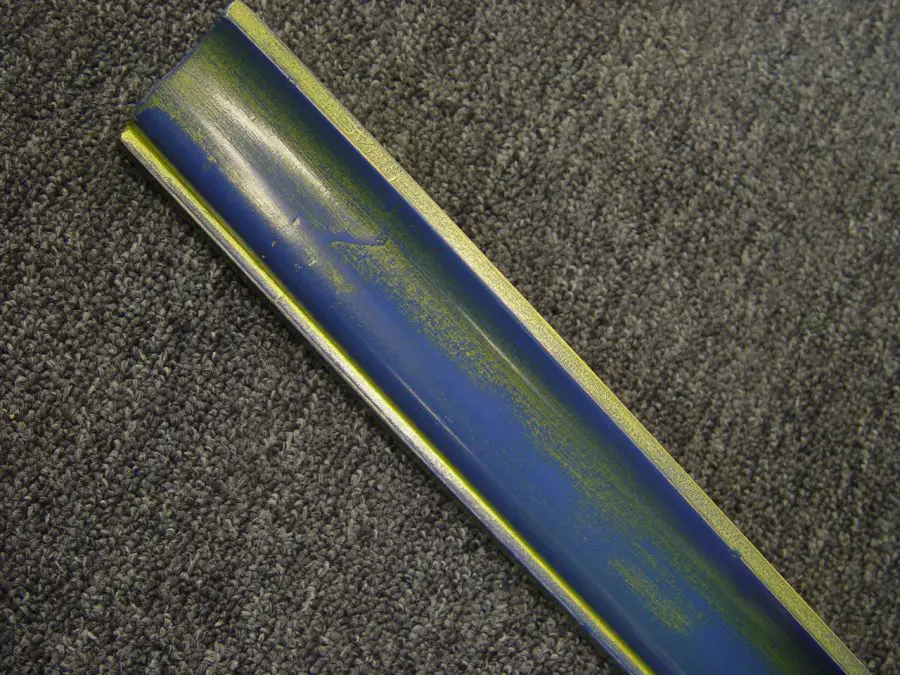
The pores of hardwoods can create exquisite designs. Often, however, without a proper finish, the design is not very visible and gets lost. To make it stand out pore-marking patinas. They are patinas specially formulated to "fall" into pores and mark them. They can be applied with a cloth or a spray gun, after which the excess is removed by wiping or sanding with steel wool. Pore marking can be done on natural coloured wood, stained wood or opaque coloured wood.
For easy removal, it is recommended to apply the patina over a coat of primer, even on uncoloured wood. Finally - clear lacquer coat for fixing.
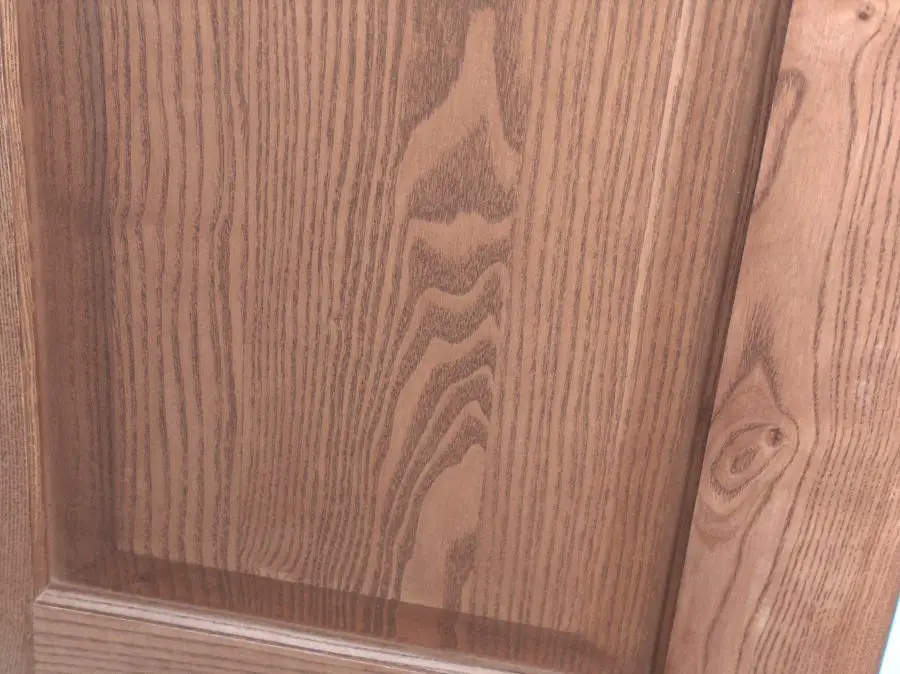
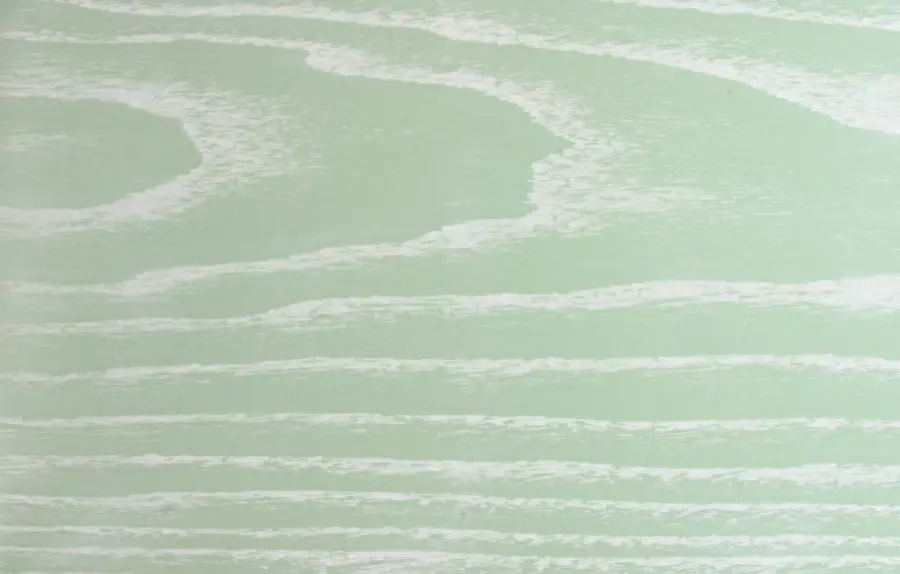
The wood used and the design chosen often seem to be enough to achieve an object that impresses, that attracts the eye. But using certain materials and finishing techniques can create special effects that can add value and give less valuable wood or wood-based panels an extra chance.
I hope you find the above information useful. As usual, additions are welcome. And if you have any questions or queries, please leave them in the space below. I will certainly answer
























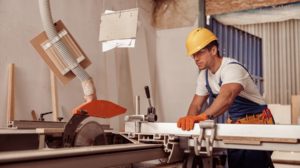





Add comment